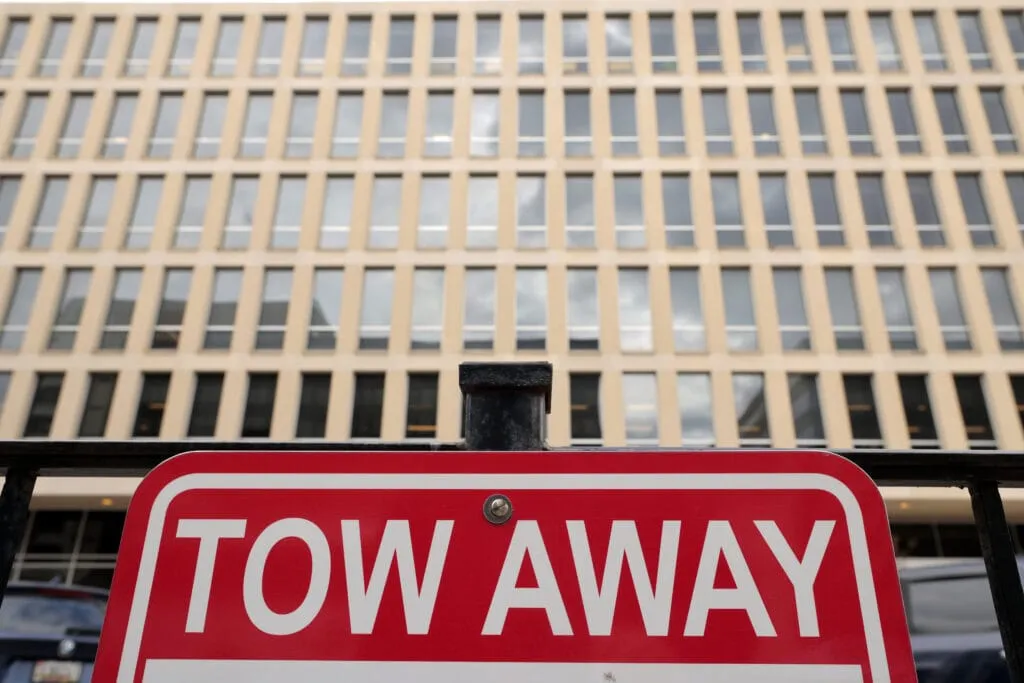
Have you ever wondered why certain political groups maintain a long-term focus on dismantling specific governmental departments? In the realm of U.S. education politics, this is particularly evident in the consistent conservative efforts to dismantle the Department of Education. This has been a persistent endeavor, seeing multiple waves of interest, peaking yet again with recent developments. Understanding this decades-long quest reveals not just ideological differences but also shifts in political and educational landscapes over the years.
The Origins of the Quest
The Department of Education, created in 1979 under the Carter administration, has often been at the center of controversy. From its inception, conservatives have argued that education should primarily be a local concern, free from federal intervention. This belief is rooted in a broader philosophy advocating for limited government, which contends that decentralized control works best for the educational sector.
The Carter Era and Initial Backlash
The establishment of the Department of Education was initially intended to consolidate federal education policies and funding to ensure better service delivery. However, conservative activists viewed this as federal overreach, igniting a campaign to abolish what they saw as unnecessary and intrusive bureaucracy. The belief here is that local governments are more attuned to the needs of their schools and communities, and thus, should hold the reins.
Ideological Underpinnings and Long-term Goals
Why does this quest persist, and what do activists hope to achieve? The answer lies in a broader conservative desire to reduce the size and scope of federal government influence, allowing private and parental choice to take precedence over public educational structures.
Philosophy of Education as a Local Matter
Central to the conservative agenda is the belief that decentralization leads to better educational outcomes. The argument is that local governance can be more responsive and tailored to the unique needs of the community. It’s a vision that places significant trust in state and local authorities to manage educational quality without federal oversight.
Preference for Private Over Public
In addition to decentralization, there is a marked preference for private and alternative educational models over the traditional public school system. Many conservative activists support the diversion of federal funds to private schooling options and homeschooling, providing families with more educational choices. This aligns with the broader libertarian principles prevalent in many conservative circles.

The Role of Federal Legislation
The path to dismantling the Department of Education is fraught with legislative challenges. While the president can influence and guide policy directions, abolishing a department requires congressional approval, which has historically been a challenging hurdle to clear.
The No Child Left Behind Act
The introduction of the No Child Left Behind Act in 2002 marked a significant moment in federal educational policy. While initially supported by Republicans, it eventually faced criticism for promoting federal overreach in education. This backlash led to a decline in support for federal education initiatives, essentially rekindling arguments for disbanding the Department of Education.
Repealing NCLB and Subsequent Shifts
By 2015, the ideological dissatisfaction with NCLB had grown so stark that the act was repealed. With its repeal, many conservatives felt emboldened to pursue the idea of reducing federal influence within education, arguing that state and local authorities should have greater say and control over educational regulations and standards.
Recent Developments: The Trump Era
Fast forward to the Trump administration, where the call to dismantle the Department of Education found renewed vigor. This period saw significant efforts aimed at reducing the department’s influence and operational capacity.
Executive Orders and Staff Reductions
President Trump, in an ambitious move, issued an executive order aimed at the department’s elimination. The intention was to significantly cut down the workforce, thus reducing its operational effectiveness. This action symbolized a broader commitment to shrinking the federal footprint in education, aligning with long-held conservative goals.
Challenges of Implementation
Despite these efforts, completely dismantling the department is not as straightforward as issuing an executive order. Many of the department’s functions are mandated by law, requiring congressional approval for any significant structural change. Hence, the approach taken during the Trump years involved reducing staff and budgetary allocations in a bid to minimize the department’s impact indirectly.

The Changing Coalition and Musk’s Influence
An interesting shift in this ongoing saga is the involvement of notable business figures like Elon Musk, who, along with new political actors, has provided fresh momentum to this movement.
New Conservative Alliances
Musk, with his technological and entrepreneurial background, represents a new wave of conservative thought. Joining the discussion is the rise of groups that are dissatisfied with traditional federal governmental operations and are advocating for innovative approaches, such as using technology to disrupt established systems.
Reimagining Governmental Structures
Under Musk’s influence, there’s an emerging narrative that promotes the dismantling of traditional governmental departments in favor of a more streamlined and technologically integrated approach. This mindset aligns with the conservative objective to decentralize and reduce federal influence, providing a new framework to envisage future education management solutions.
The Broader Implications
The implications of this continuous endeavor to dismantle the Department of Education reach far beyond administrative reorganization. It reflects broader socio-political dynamics and philosophical debates on federalism.
Potential Impacts on Educational Equity
One significant concern is how the dismantling approach could affect educational equity. The federal government plays a critical role in ensuring that funds reach underprivileged areas and support programs that cater to students with disabilities. Eliminating or reducing the department’s role risks exacerbating educational inequalities across different regions.
Shift in Public Perception and Political Strategies
There has been a noticeable shift in public perception towards education policy. Many conservative voters have become more receptive to radical changes in public education, driven by frustrations emerging from pandemic-handling and cultural issues. These have further politicized education, making it a battleground for ideological contests between federal control and state autonomy.

Looking Ahead: The Future of Educational Policy
The conservative quest to dismantle the Department of Education is likely to persist as long as the ideological underpinnings remain influential within the public sphere.
Prospects for Policy Change
Significant policy changes will depend on the balance of power in Congress and the presidency. Legislative bodies remain crucial in deciding the fate of the Department of Education’s continued existence and operational capabilities.
An Evolving Educational Landscape
Technological advancements and changing societal needs suggest that educational approaches will have to evolve. Whether this evolution favors more federal involvement or leans into decentralized, privatized models remains a pressing question within the broader narrative of educational reform.
In conclusion, the conservative endeavor to dismantle the Department of Education encapsulates fundamental debates about the scope and function of federal government involvement in education. While the possibility of completely dismantling the department remains remote without significant legislative changes, the continued pressure signifies an overarching desire for educational reform that aligns with conservative values of local governance and private choice. Understanding this landscape allows for a more profound appreciation of the nuances involved in educational policy-making and the contrasting visions for the future of America’s educational system.
